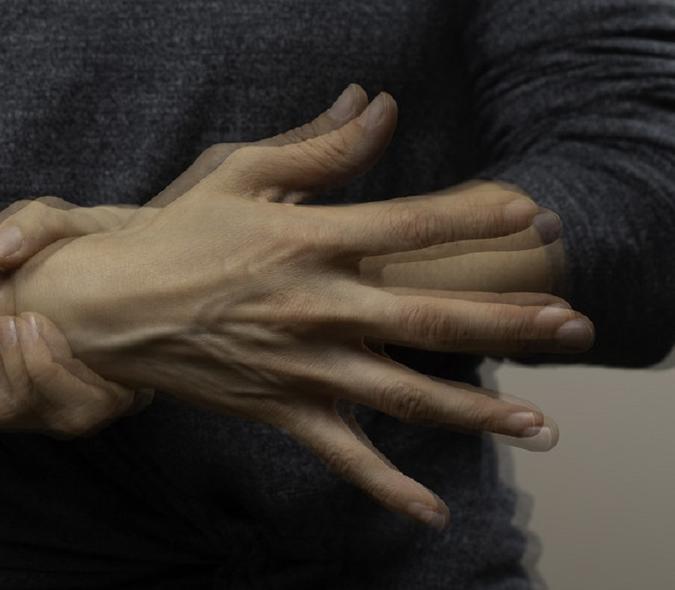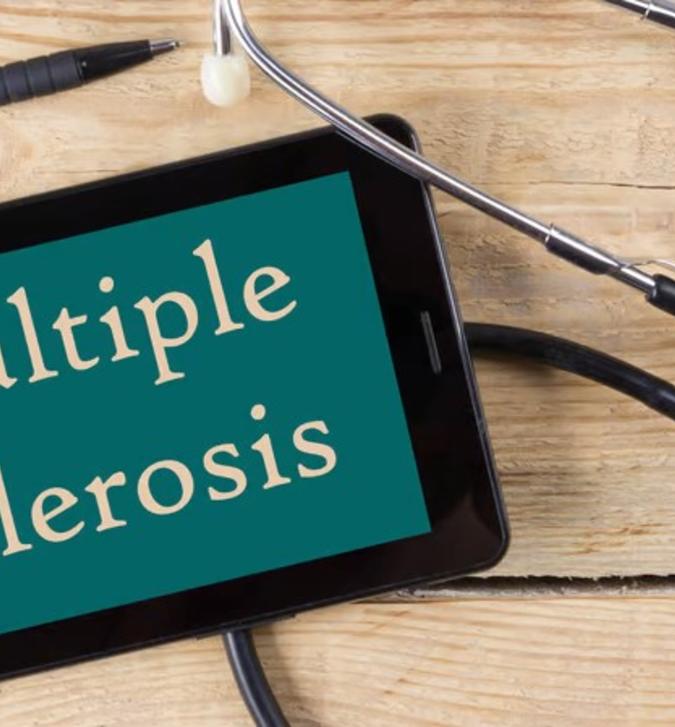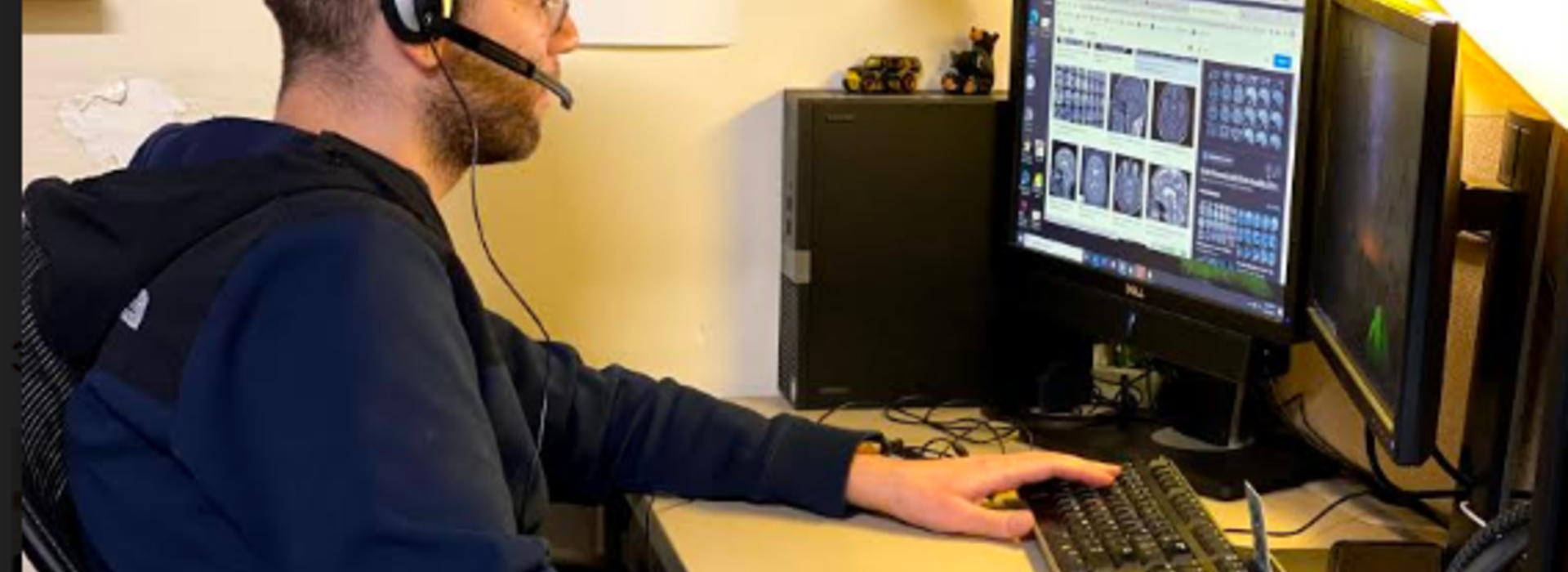
Department team learned how to “one up a pandemic” with its virtual Clerkship
When it became apparent that the first wave of the COVID-19 virus sweeping across Minnesota was completely changing the educational environment at the University, a team of Rehabilitation Medicine Department faculty and staff sprang into action. They wanted to ensure that the third and fourth-year Medical Students doing their exploratory four-week Clerkships in the department could continue to learn about Physical Medicine and Rehabilitation (PM&R).
Their efforts resulted in one of the first virtual PM&R Clerkships in the nation.
Clerkship Course Director Alexander Senk, MD, who works in the Minneapolis VA Health Care System, led the team in collaboration with VA colleague Erica Seidel, MD; Learning and Development Manager Carly Anderson, MSEd, and Program Coordinator Bethany Tanguay, MEd.
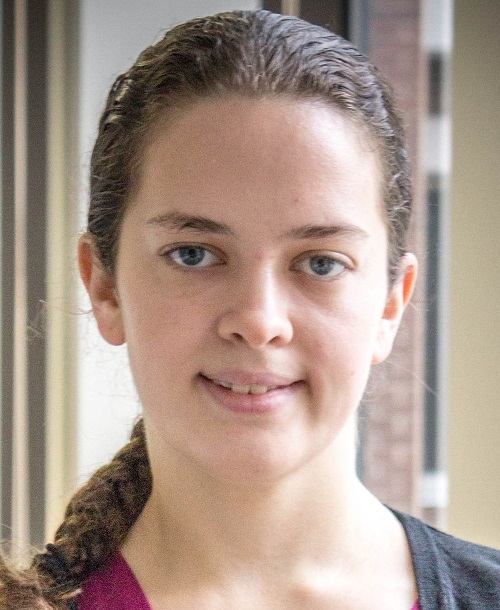
“We felt it was important to have some type of offering that would enable students to get experience with PM&R so they could decide if it was something to pursue,” said Dr. Seidel (pictured at left). “We also get students from other institutions at the VA who don’t have access to PM&R at their home institutions. We wanted them to have that experience as well and to get the credits they need to move toward graduation, despite the pandemic.”
Accurate online surrogate
The team’s goal was to make an accurate online surrogate for the Clerkship. As they brainstormed how to do that, Dr. Seidel suggested they use existing longitudinal case studies. “Students on this rotation are assigned to one or two patients to follow throughout the four weeks,” she explained. Instead of in-person contact, students would use case studies that had been specially modified with help from the Department’s residents. That worked well, according to Dr. Seidel, because in-person patient visits had been decreased or stopped altogether, which freed up the residents’ time.
So how does a virtual Clerkship work?
“Every day, the students are required to get patient information from assigned case studies as if they were in a hospital setting,” Dr. Seidel noted. “Based on that information, they are expected to develop a treatment plan. Our residents serve as facilitators, meeting with the students daily to discuss what was learned and how the students propose managing their patients. The residents then offer feedback about what the students propose. The idea is to give them some autonomy and enable them to make medical decisions as if they were onsite.”
Flexible process, ability to tailor
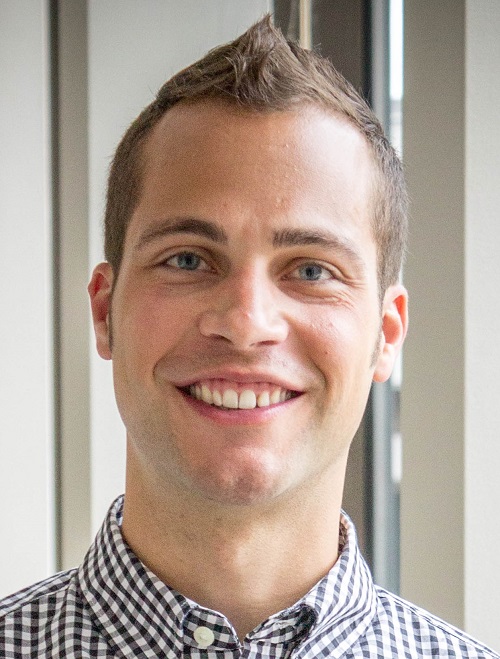
In addition to the longitudinal case studies, there are also dedicated journal club sessions, recorded didactic sessions, and virtual live lectures. The process is flexible enough to allow participants to tailor it to meet their needs, according to Dr. Senk (pictured at left). “The students have done a great job embracing the new process and giving their personal touch to these cases,” he said. “A lot of them name their patients…it is very endearing.”
Based on student feedback, the virtual Clerkship works like a charm. But that doesn’t mean adjustments haven’t been needed.
Learning as they go
Seven cohorts of three students each have completed the virtual Clerkship so far. And their input has been key to its success. “We typically receive evaluations at the end of a clerkship; however, during this transition, we wanted to get more data points,” said Dr. Senk. “We meet with the students every day, asking how things went and if anything needs to be improved. When they tell us something isn’t working, we change it. We’re proactive about improving this – the manner and method of delivering it has been intentional and thoughtful.”
The medical students believe the virtual Clerkship has a much higher educational value than others they’ve experienced. “Clerkships tend to be handled on the fly – whatever happens that day is what you learn about. That might mean a lot of repetition or an experience so mixed that you can’t really see a theme to it,” said Dr. Senk. “The students have told us that the virtual Clerkship provides more uninterrupted, dedicated, well-thought-out teaching sessions.”
Constant faculty contact
Another advantage of the new Clerkship design is that it enables constant contact with faculty, not just at the VA or the University, but across the Twin Cities. “It’s been very collaborative and shows how unique the metro area is when it comes to PM&R,” said Dr. Senk. And because COVID affected provider and resident ability to see patients, “They were really open to spending time that would have been dedicated to the clinic to making this Clerkship work,” said Dr. Seidel.
The course developers have been pleasantly surprised by other institutions’ interest in their virtual clerkship. “We’ve had other institutions reach out to us wanting more information or to partner with them on creating their own version,” said Dr. Senk. The team also authored an article titled, “How to One Up a Pandemic: University of Minnesota’s PM&R Virtual Clerkship — A Model for Alternative Clinical Training and Preliminary Validation Study,” that will appear soon in the American Journal of Physical Medicine & Rehabilitation. They will present a poster about the virtual Clerkship during the Association of Academic Physiatrists meeting in February.
Making it available
In addition, the team is working with U of M resources to build a licensing process for the virtual Clerkship curriculum. Tentatively titled, GoVIR PM&R, it will include the tools and resources required to build a virtual clerkship and will be marketed to interested institutions.
“The whole process has been really impressive,” said Dr. Senk. “When we have medical students ask what is so special about our residency program, I tell them how responsive our administration is to their needs. Our residency is always evolving to meet the needs of current and future students. The same is true of this clerkship.”
